Home>Garden Essentials>How Long Does It Take Kentucky 31 To Germinate
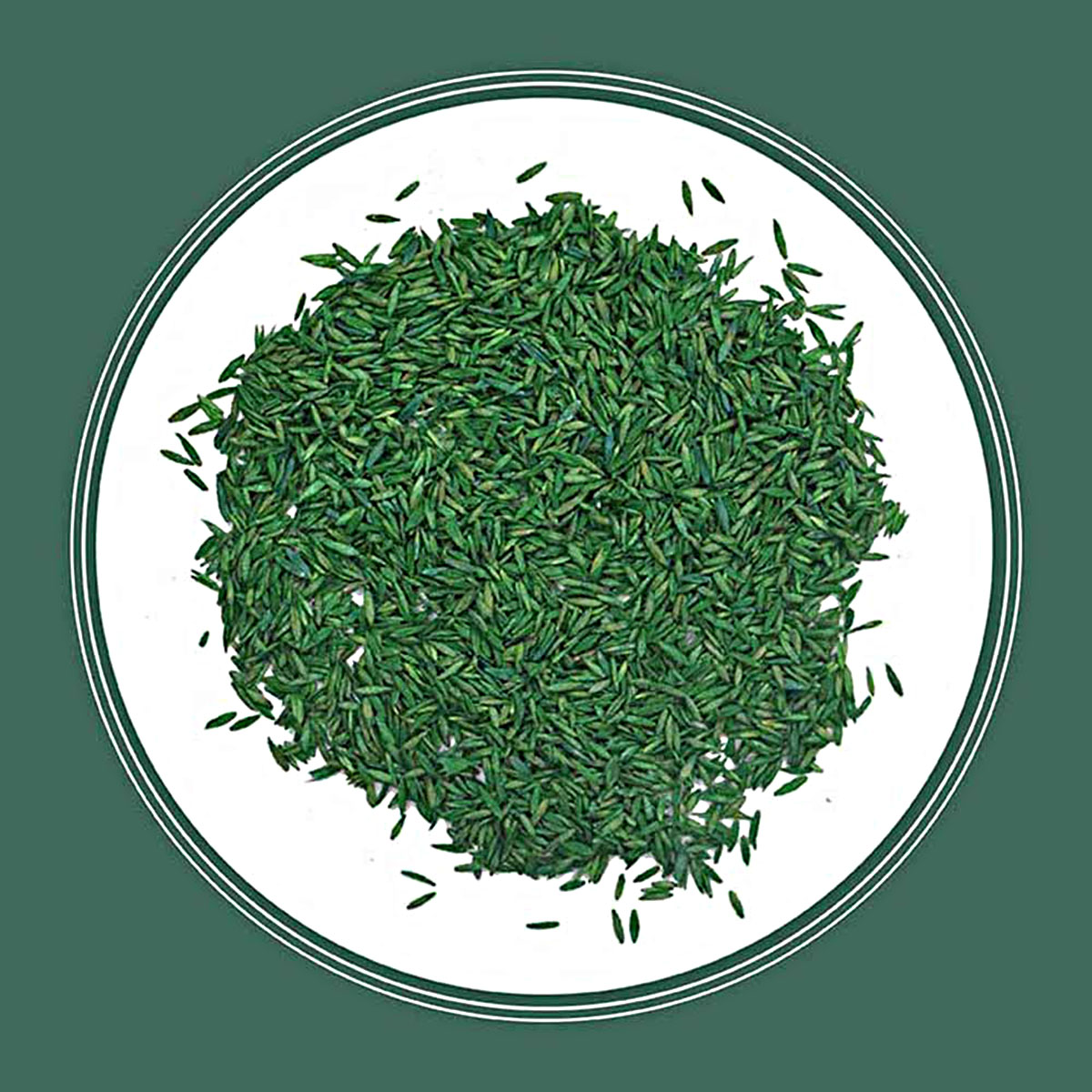

Garden Essentials
How Long Does It Take Kentucky 31 To Germinate
Modified: March 27, 2024
Planting a garden? Learn all about germination times for Kentucky 31 grass seed in this helpful guide. Find out how long it takes for your garden to flourish!
(Many of the links in this article redirect to a specific reviewed product. Your purchase of these products through affiliate links helps to generate commission for Storables.com, at no extra cost. Learn more)
Introduction
Welcome to our comprehensive guide on understanding the germination process of Kentucky 31, a popular grass variety known for its durability and resilience. If you’re a gardening enthusiast or a homeowner looking to improve your lawn’s appearance, knowing how long it takes for Kentucky 31 to germinate is crucial information.
Kentucky 31, commonly referred to as K-31, is a cool-season grass that is widely used for lawns, pastures, and erosion control. Its deep roots and ability to withstand harsh conditions make it an excellent choice for areas with heavy foot traffic or challenging soil conditions. However, before you can enjoy the benefits of this resilient grass, it’s important to understand the germination process and the factors that influence its timeline.
In this article, we will delve into the specifics of Kentucky 31 germination, including the ideal conditions for optimal growth, the factors that affect germination time, and helpful tips to promote successful establishment of your Kentucky 31 lawn.
Whether you’re starting a new lawn from scratch or overseeding existing grass, understanding the germination process will help you make informed decisions and set realistic expectations. So, let’s dive in and explore the magical journey of Kentucky 31 from seed to vibrant green grass.
Key Takeaways:
- Kentucky 31 grass germination takes patience and care, with ideal conditions including proper soil preparation, moisture, and temperature. Understanding the process and troubleshooting issues can lead to a healthy and vibrant lawn.
- Factors such as temperature, moisture, and seed quality influence the germination timeline of Kentucky 31 grass. Providing optimal conditions and addressing potential issues can enhance the chances of successful establishment.
Understanding Kentucky 31
Kentucky 31, also known as Kentucky Bluegrass, is a cool-season grass species that is widely grown for its ability to withstand heavy traffic, resist disease and pests, and tolerate a wide range of soil conditions. It is a perennial grass that thrives in the transition zone and northern regions of the United States.
One of the key features of Kentucky 31 is its deep-rooting system, which allows it to access moisture and nutrients from deeper soil layers. This makes it more drought-tolerant compared to other grass varieties. Additionally, its strong rhizomes enable it to spread and fill in bare patches, resulting in a dense and lush lawn.
Another notable characteristic of Kentucky 31 is its tolerance to shade. While it prefers full sun, it can still grow and thrive in partially shaded areas, making it an ideal choice for lawns with trees or buildings casting shade.
It’s important to note that Kentucky 31 is a cool-season grass, meaning it grows actively during spring and fall when temperatures range between 60°F and 75°F. During hot summers or cold winters, Kentucky 31 enters a state of dormancy, where growth slows down until favorable conditions return.
Overall, Kentucky 31 is a versatile grass variety that is well-suited for home lawns, sports fields, and parks. Its ability to withstand heavy use, adapt to different soil conditions, and thrive in varying climates makes it a popular choice among homeowners and landscape professionals.
Factors Affecting Germination Time
Several factors can influence the germination time of Kentucky 31, including environmental conditions, seed quality, and proper seed preparation. Understanding these factors will help you set realistic expectations and take appropriate measures to promote successful germination.
1. Temperature: Temperature plays a significant role in the germination process. Kentucky 31 has an optimum germination temperature range of 60°F to 75°F. Higher temperatures can expedite the germination process, while colder temperatures can delay it. It’s important to ensure that the soil temperature is within this range for optimal results.
2. Moisture: Adequate moisture is crucial for seed germination. The soil should be kept consistently moist but not overly saturated. Dry conditions can significantly impede germination, while excessive moisture can lead to fungal diseases and seed rot. It’s recommended to water the seeded area lightly and frequently to retain moisture without causing waterlogging.
3. Soil Quality: The condition of the soil can affect germination time. Kentucky 31 prefers well-draining soils with a slightly acidic to neutral pH (around 6.0 to 7.0). Poor soil quality, such as compacted soil or heavy clay, can hinder seed germination and slow down the establishment process. It’s advisable to prepare the soil properly by loosening it with a rake or using organic amendments to improve its structure.
4. Seed Quality: The quality of the Kentucky 31 seeds you use can impact germination time. Ensure that you purchase high-quality seeds from reputable suppliers. Fresh seeds with high germination rates will have better chances of faster and more uniform germination.
5. Seed Depth and Coverage: Properly sowing the seeds at the correct depth and providing adequate soil coverage can affect germination time. Kentucky 31 seeds should be sown at a depth of about ¼ to ½ inch. If the seeds are buried too deeply or left on the surface, germination can be compromised. Similarly, covering the seeds with a light layer of soil or mulch helps retain moisture and protect them from birds and other pests.
6. Weeds and Competition: Weeds can compete with Kentucky 31 seeds for nutrients, sunlight, and space, thereby delaying germination. It’s essential to remove any existing weeds before seeding and regularly monitor and control weed growth during the germination period. This can be done by hand-pulling weeds or using appropriate herbicides, if necessary.
By taking these factors into account, you can create optimal conditions for Kentucky 31 germination and increase the chances of a successful establishment of your lawn. Patience and proper care during the germination process will yield a beautiful and resilient lawn in the long run.
Ideal Conditions for Kentucky 31 Germination
Creating the ideal conditions for Kentucky 31 germination is essential for ensuring a successful establishment of your lawn. While Kentucky 31 is known for its resilience, providing optimal conditions during the germination process will promote quicker growth and a healthier lawn in the long run.
1. Soil Preparation: Before seeding, prepare the soil by removing any existing weeds or debris. Loosen the top layer of soil using a rake or a tiller to create a loose and well-drained seed bed. Incorporating organic matter into the soil, such as compost or peat moss, can also improve its structure and moisture-retaining capacity.
2. Seed-to-Soil Contact: Good seed-to-soil contact is crucial for germination. Broadcasting the seeds evenly over the prepared soil and then lightly raking them in will help ensure good contact with the soil. Avoid burying the seeds too deeply, as this can hinder germination. A depth of about ¼ to ½ inch is ideal for Kentucky 31 seeds.
3. Watering: Adequate moisture is vital for seed germination. Water the seeded area immediately after sowing to ensure that the soil is evenly moist. Continue to water the area lightly and frequently, keeping the soil consistently moist but not overly saturated. Avoid heavy watering, as it can lead to seed displacement or soil erosion.
4. Temperature: Kentucky 31 thrives in cooler temperatures. The optimum soil temperature for germination is between 60°F and 75°F. It’s important to seed during the appropriate season when the soil temperatures are within this range. Spring and fall are typically the best times for Kentucky 31 germination.
5. Sunlight: Kentucky 31 prefers full sun but can tolerate partial shade. Ensure that the seeded area receives at least 6 to 8 hours of direct sunlight daily. If the area is shaded, consider pruning or thinning trees to maximize sunlight exposure for successful germination.
6. Fertilization: While fertilization is not necessary immediately after seeding, a slow-release starter fertilizer can be applied within the first month of germination. Opt for a balanced fertilizer with a higher phosphorus content to promote root development and establishment. Follow the manufacturer’s instructions for application rates and timing.
7. Patience: Germination can take anywhere from 7 to 21 days, depending on various factors. Be patient and resist the temptation to overwater or disturb the seeded area. Avoid foot traffic on the germinating seeds, as this can cause damage. Allow the seeds to establish and grow at their own pace.
By providing these ideal conditions, you will give your Kentucky 31 seeds the best chance for successful germination and quick establishment. Remember that proper care and maintenance throughout the process will lead to a vibrant and healthy lawn that you can enjoy for years to come.
Kentucky 31 typically takes 10-14 days to germinate. Keep the soil consistently moist and provide plenty of sunlight for best results.
Germination Timeline of Kentucky 31
The germination timeline of Kentucky 31 can vary based on several factors, including temperature, moisture, and seed quality. While it may take some time for the seeds to germinate and establish, understanding the general timeline can help set realistic expectations and guide your lawn care activities.
Here is a breakdown of the germination timeline for Kentucky 31:
Days 1-7: During the first week after sowing the Kentucky 31 seeds, you may notice little to no visible growth. The seeds are absorbing moisture from the soil and initiating the germination process beneath the surface.
Days 7-14: Around the second week, you may start to see tiny, pale green sprouts emerging from the soil. These are the newly germinated seedlings. They will gradually grow taller and develop their first set of true leaves.
Days 14-21: By the third week, the seedlings should continue to grow and become more visible. They will start to develop a deeper green color and their root systems will begin to strengthen. At this stage, you may see more uniform growth across the seeded area.
Days 21-28: During the fourth week, the Kentucky 31 seedlings will continue to grow in height and density. You may notice the formation of additional leaves and a denser coverage on the soil surface. The seedlings will also start to establish their root systems deeper into the soil.
Weeks 5-8: By the fifth to eighth week, the Kentucky 31 grass should have established a good root system and developed a more mature appearance. The seedlings will continue to fill in bare patches and develop a denser, lush growth. At this stage, you can begin slowly introducing regular mowing and other maintenance practices.
It’s important to note that the germination timeline can vary depending on environmental conditions, such as temperature and moisture. Cooler temperatures can slow down germination, while warmer temperatures can expedite the process. Similarly, adequate moisture is essential for successful germination, so ensuring the seeded area receives proper watering is crucial.
Patience is key during the germination timeline, as every lawn is unique and may exhibit slight variations in growth. It’s essential to provide proper care, including regular watering, protection from foot traffic, and avoiding excessive stress on the young seedlings. By following these guidelines, you can help your Kentucky 31 lawn reach its full potential.
Tips for Promoting Successful Germination
Ensuring successful germination of Kentucky 31 requires proper care and attention. By following these tips, you can create the best conditions for your seeds to germinate and establish a healthy lawn:
1. Prepare the soil: Before seeding, prepare the soil by removing any existing weeds or debris. Loosen the top layer of soil using a rake or a tiller to create a loose and well-drained seed bed.
2. Choose high-quality seeds: Purchase high-quality Kentucky 31 seeds from reputable suppliers. Fresh seeds with high germination rates will have better chances of successful germination.
3. Sow at the correct depth: Properly sow the seeds at a depth of about ¼ to ½ inch. Avoid burying the seeds too deeply or leaving them on the surface, as this can hinder germination.
4. Provide adequate moisture: Keep the soil consistently moist but not overly saturated. Water the seeded area immediately after sowing, and continue to water lightly and frequently to retain moisture.
5. Ensure proper temperature: Kentucky 31 thrives in temperatures between 60°F and 75°F. Seed during the appropriate season when temperatures are within this range for optimal germination.
6. Protect from foot traffic: Avoid walking on or disturbing the seeded area during the germination process. Foot traffic can damage the young seedlings and impede their growth.
7. Monitor and control weeds: Remove any existing weeds before seeding and regularly monitor and control weed growth during the germination period. Weeds compete with Kentucky 31 seeds for nutrients and space.
8. Avoid over-fertilization: While fertilization is not necessary immediately after seeding, a slow-release starter fertilizer can be applied within the first month of germination. Follow the manufacturer’s instructions for proper application rates.
9. Be patient: Germination can take time, typically ranging from 7 to 21 days. Be patient and refrain from overwatering or disturbing the seeded area. Allow the seeds to establish and grow at their own pace.
10. Follow proper maintenance practices: Once the seedlings have established, gradually introduce regular mowing and other maintenance practices to promote healthy growth and a well-established lawn.
By following these tips, you can maximize the chances of successful germination for your Kentucky 31 lawn. Remember that consistency and proper care are key throughout the germination process and beyond, leading to a thriving and beautiful lawn in the long run.
Troubleshooting Germination Issues
Even with proper care and attention, sometimes germination issues can arise. Here are a few common problems and troubleshooting tips to help you address them:
1. Slow or uneven germination: If germination is slow or uneven, it could be due to inconsistent watering or temperature fluctuations. Ensure that the soil remains consistently moist during the germination period. If the temperature is too low, consider using a germination blanket or seedling heat mat to provide extra warmth.
2. Patchy growth: If you notice patchy growth with bare spots in your Kentucky 31 lawn, it may be due to improper seed-to-soil contact or insufficient seed coverage. Ensure that you rake or roll the seeds into the soil properly when seeding. If the bare spots persist, you can overseed those areas to fill them in.
3. Weed competition: Weeds can compete with Kentucky 31 seeds for nutrients and space, hindering germination and growth. Monitor the seeded area regularly and remove any emerging weeds by hand. If the weed problem persists, consider using an appropriate herbicide labeled for grassy weeds under the guidance of a professional.
4. Insect or pest damage: Insects or pests, such as birds, can damage the emerging Kentucky 31 seedlings. If you notice signs of insect or pest activity, take measures to protect the seeded area. This can include using bird netting to prevent bird damage or applying insecticides as needed. Follow proper safety guidelines and environmental regulations when using pesticides.
5. Disease issues: Certain diseases, such as damping-off, can affect seed germination and seedling health. Ensure proper soil drainage to prevent excessive moisture and apply fungicides if necessary. Avoid overwatering or allowing water to puddle in the seeded area.
6. Nutrient deficiencies: Poor soil fertility or nutrient imbalances can hinder germination and slow down seedling growth. Before seeding, conduct a soil test to determine any nutrient deficiencies. Based on the results, amend the soil with appropriate fertilizers or organic matter to provide essential nutrients for optimal growth.
7. Environmental factors: Extreme weather conditions, such as prolonged drought, heatwaves, or heavy rains, can negatively impact germination. If faced with unfavorable environmental conditions, consider postponing the seeding until better weather conditions prevail.
If germination issues persist despite troubleshooting, it may be beneficial to consult with a local lawn care professional or an agricultural extension service for specific guidance tailored to your region and situation. They can provide personalized advice and recommendations based on local conditions.
Remember, persistence, patience, and proper care are crucial when troubleshooting germination issues. By addressing problems promptly and providing the necessary remedies, you can increase the chances of successful germination and the establishment of a healthy Kentucky 31 lawn.
Conclusion
Kentucky 31 is a popular grass variety known for its durability and resilience. Understanding the germination process and the factors that affect it is essential for successfully establishing a healthy and vibrant lawn. By following the tips provided in this guide, you can promote optimal germination conditions and enhance the chances of a successful outcome.
Preparing the soil, choosing high-quality seeds, and providing adequate moisture and temperature are key factors in promoting successful germination. Protecting the seeded area from foot traffic, monitoring and controlling weeds, and addressing potential issues such as nutrient deficiencies, pests, and diseases will also contribute to a healthy lawn.
It’s important to note that germination takes time, with the process typically occurring over a period of several weeks. Patience and consistent care are vital during this period. Avoid the temptation to overwater or disturb the seeded area, as these can hinder germination and seedling growth.
Remember that every lawn is unique and may have specific needs based on factors like location, climate, and soil conditions. Consulting with local experts or agricultural extension services can provide invaluable guidance tailored to your specific region and situation.
By following the guidelines outlined in this guide, troubleshooting any issues that arise, and providing ongoing maintenance, you can establish a lush and resilient Kentucky 31 lawn. With proper care, your lawn will thrive and provide you with a beautiful outdoor space to enjoy for years to come.
Frequently Asked Questions about How Long Does It Take Kentucky 31 To Germinate
Was this page helpful?
At Storables.com, we guarantee accurate and reliable information. Our content, validated by Expert Board Contributors, is crafted following stringent Editorial Policies. We're committed to providing you with well-researched, expert-backed insights for all your informational needs.
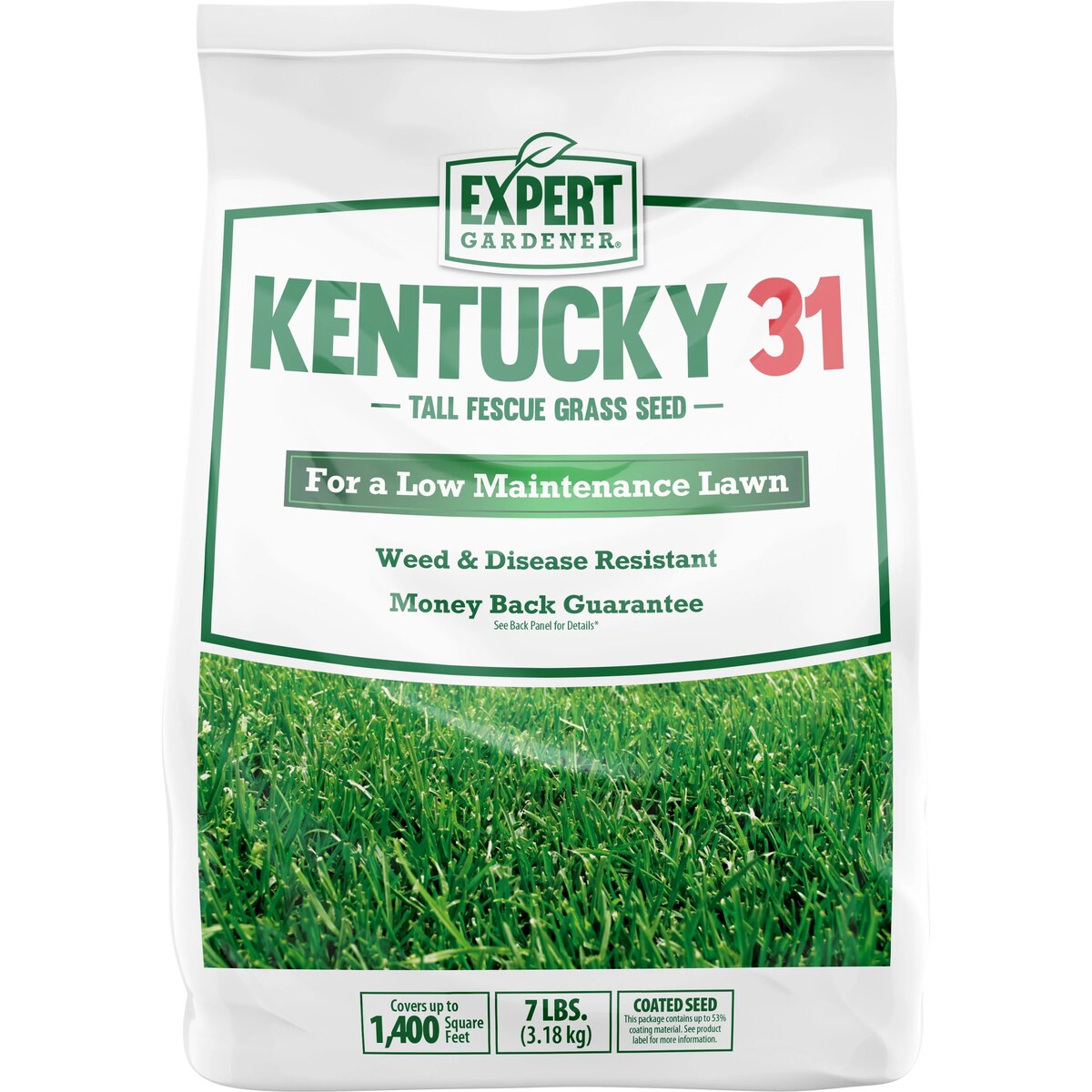
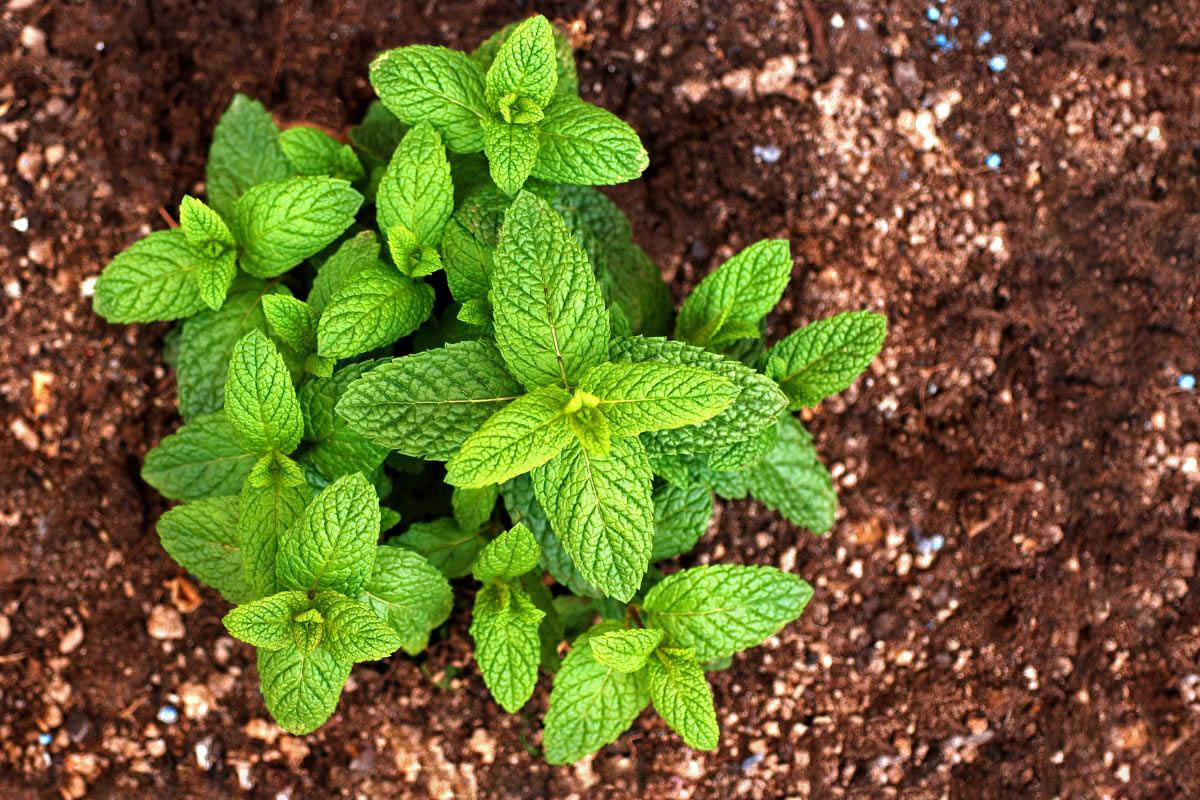
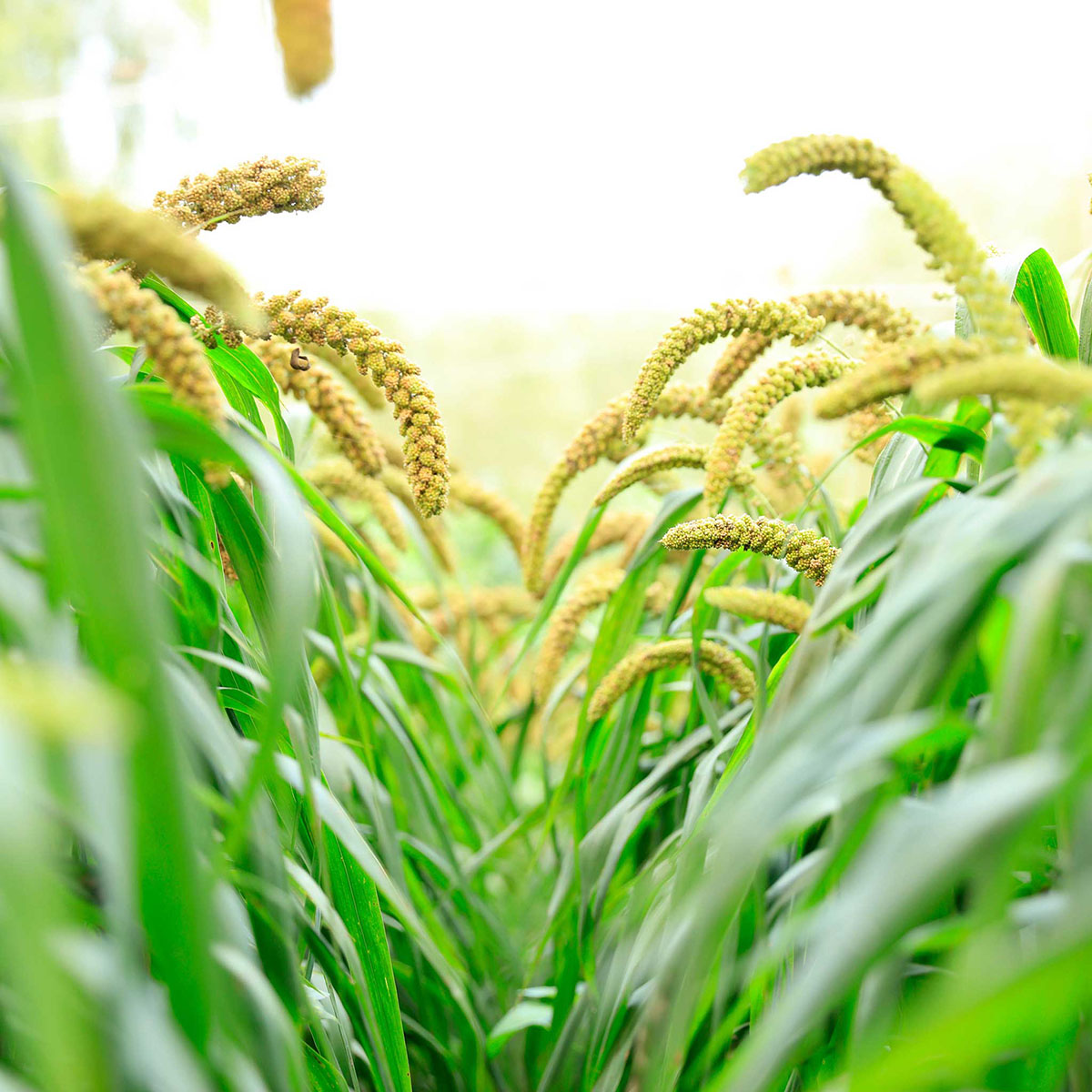
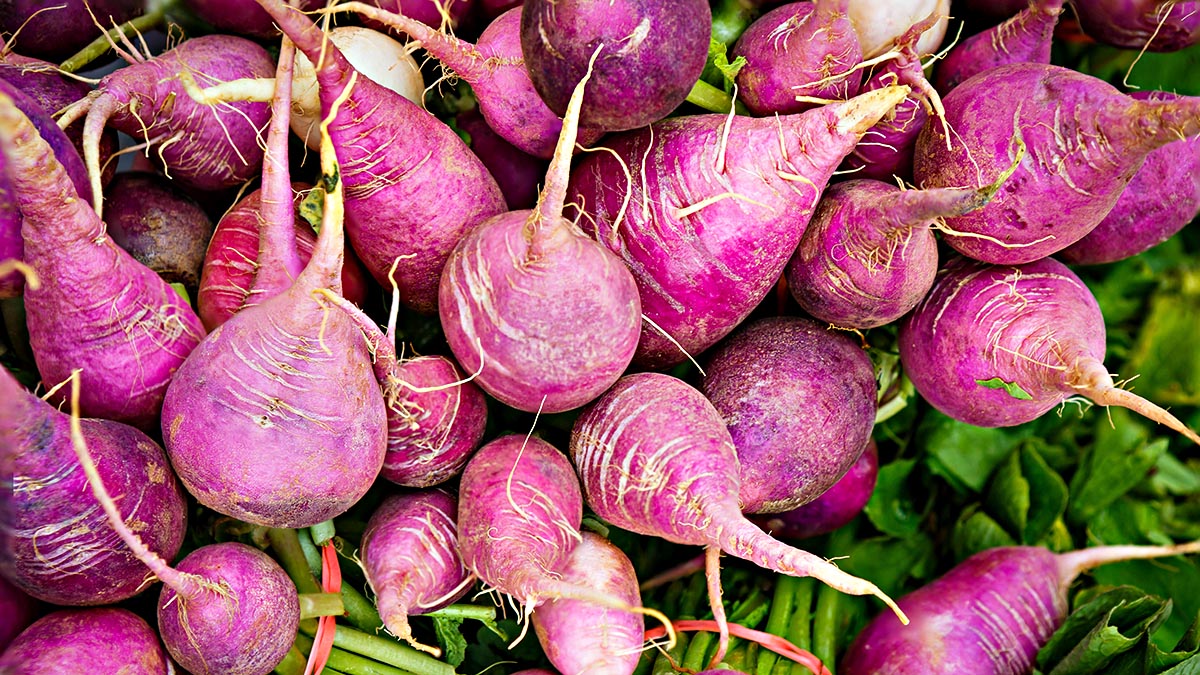

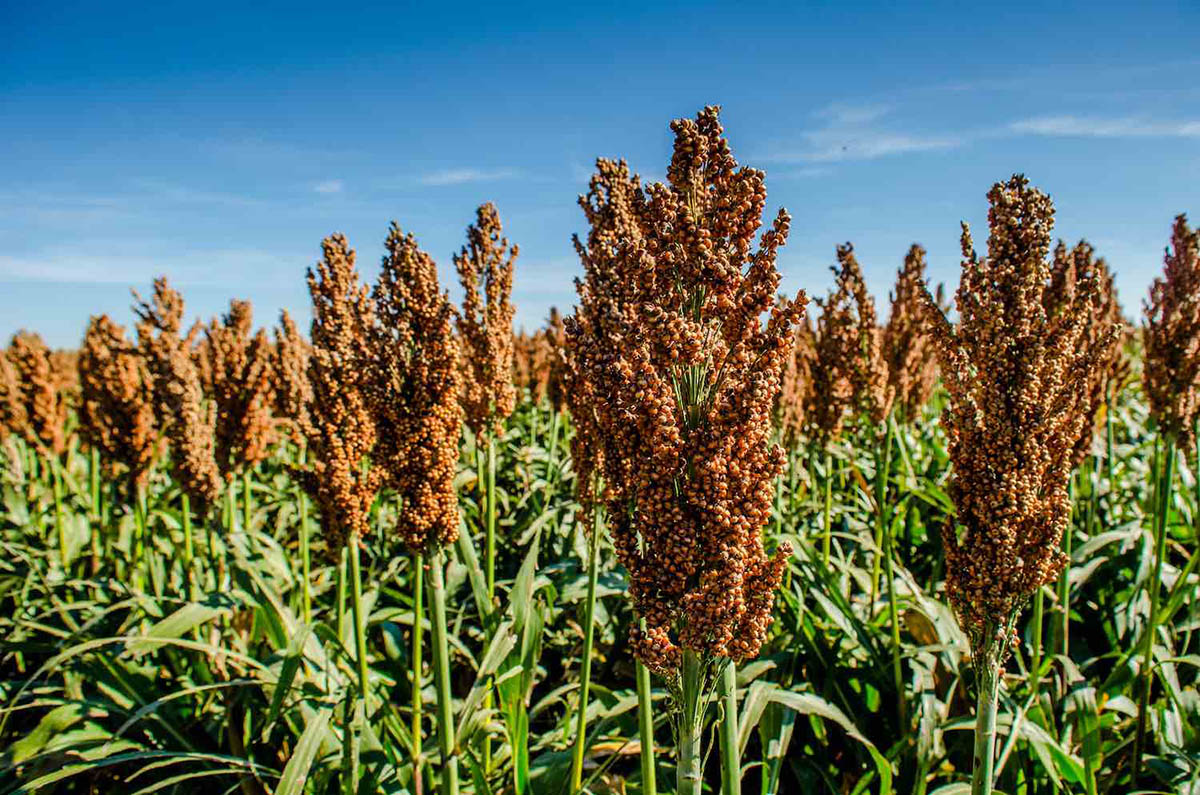
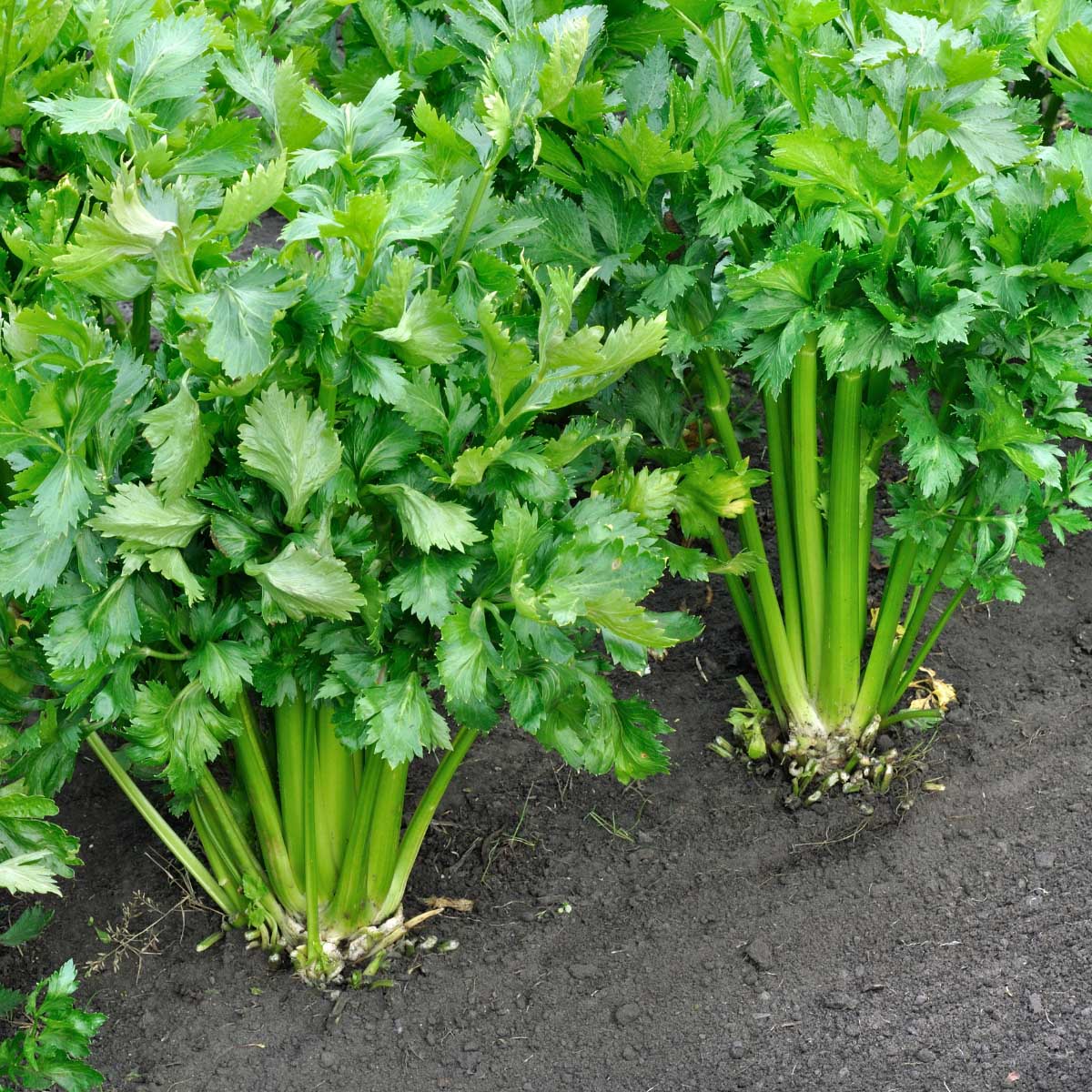
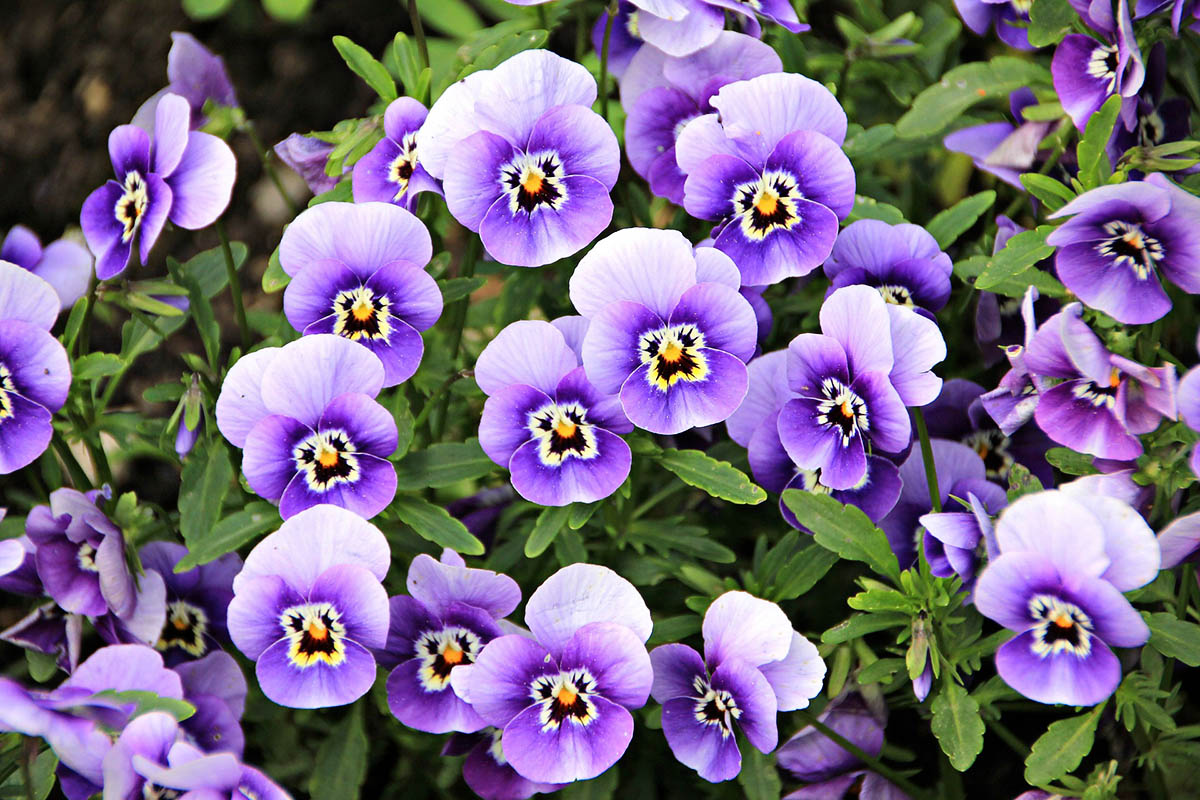
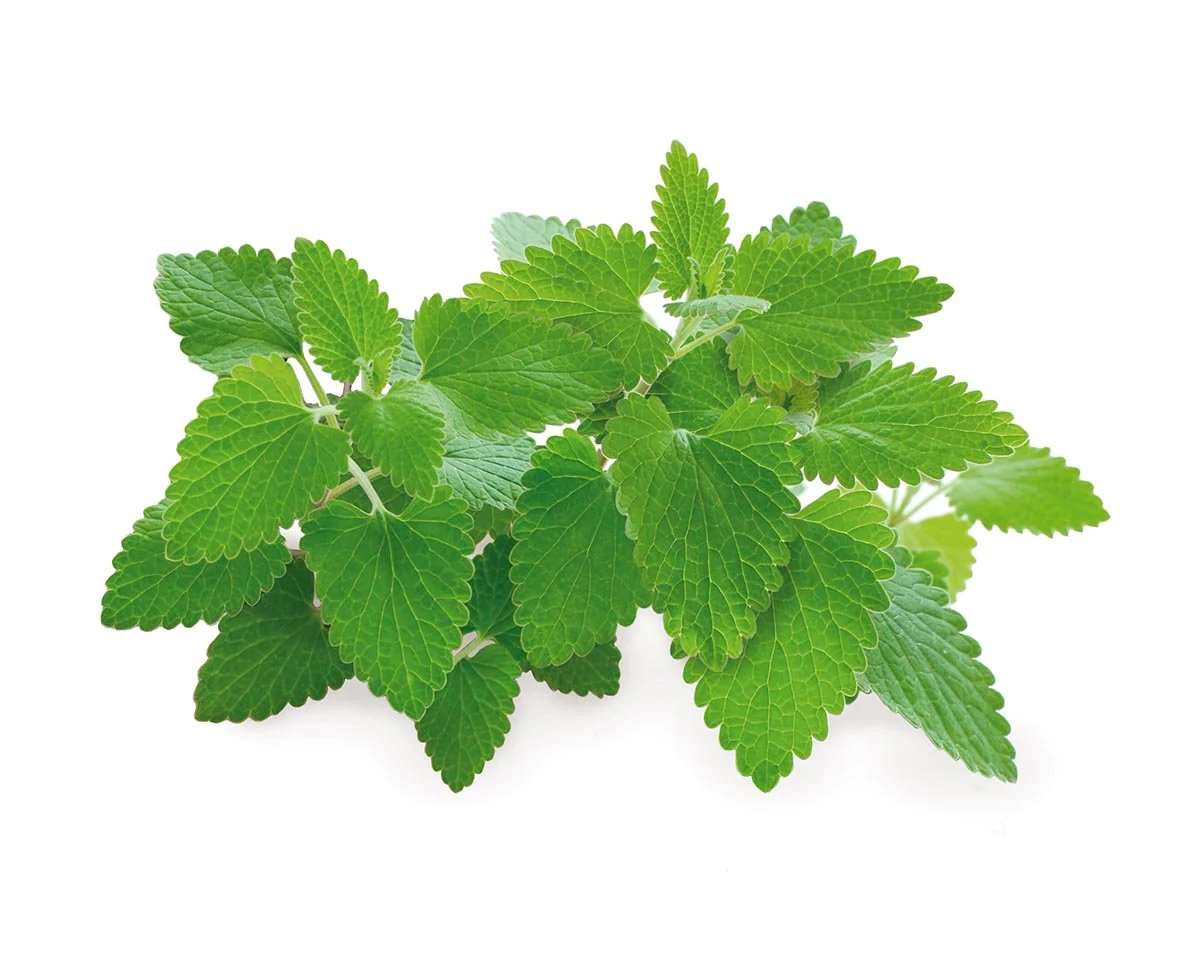

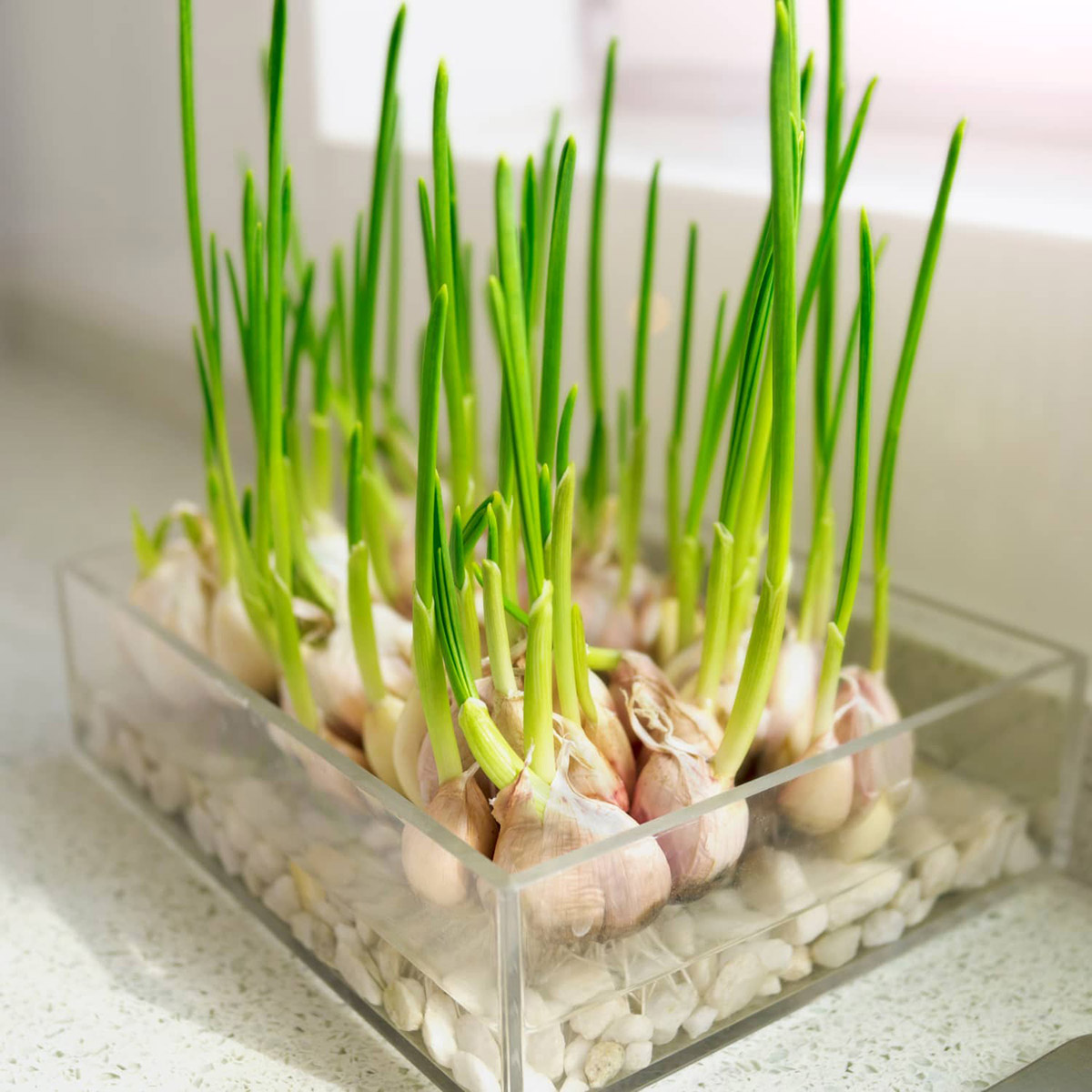
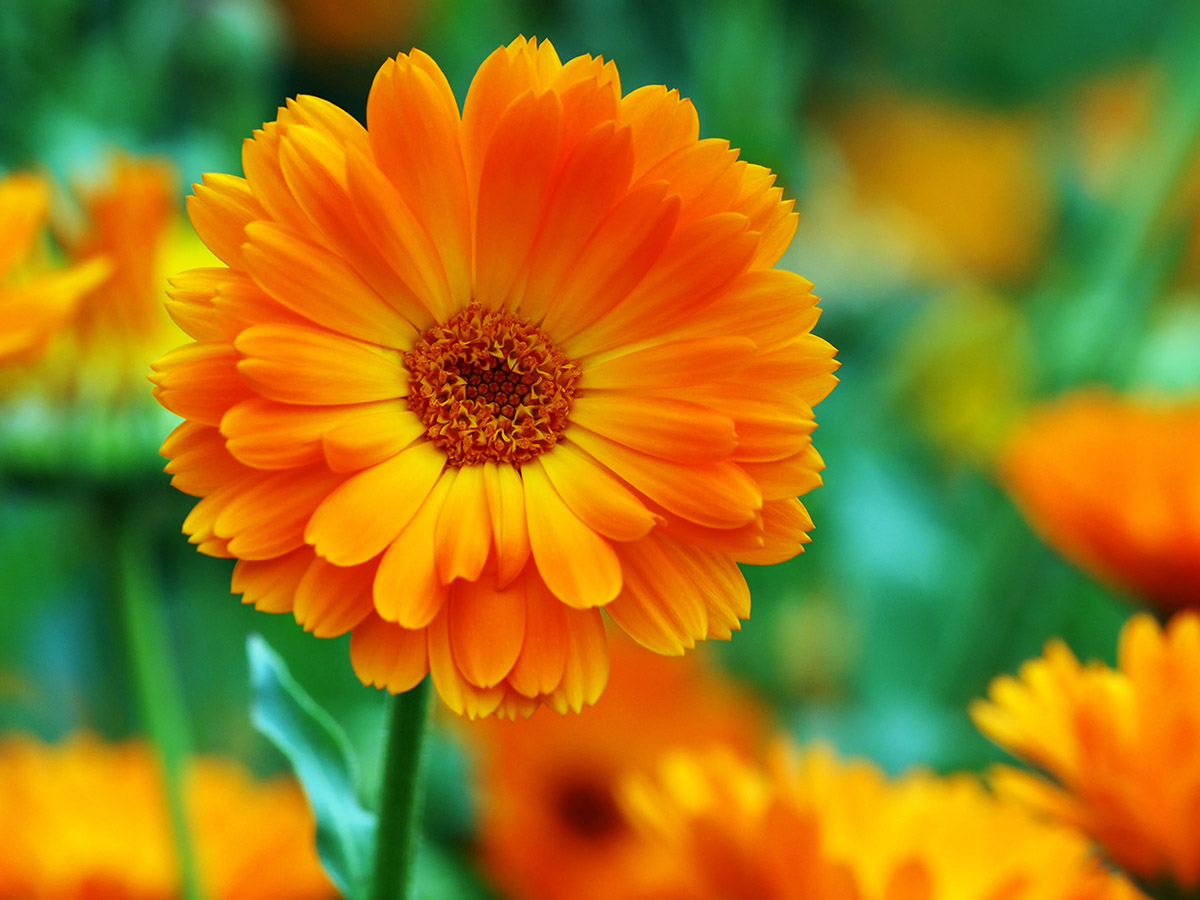
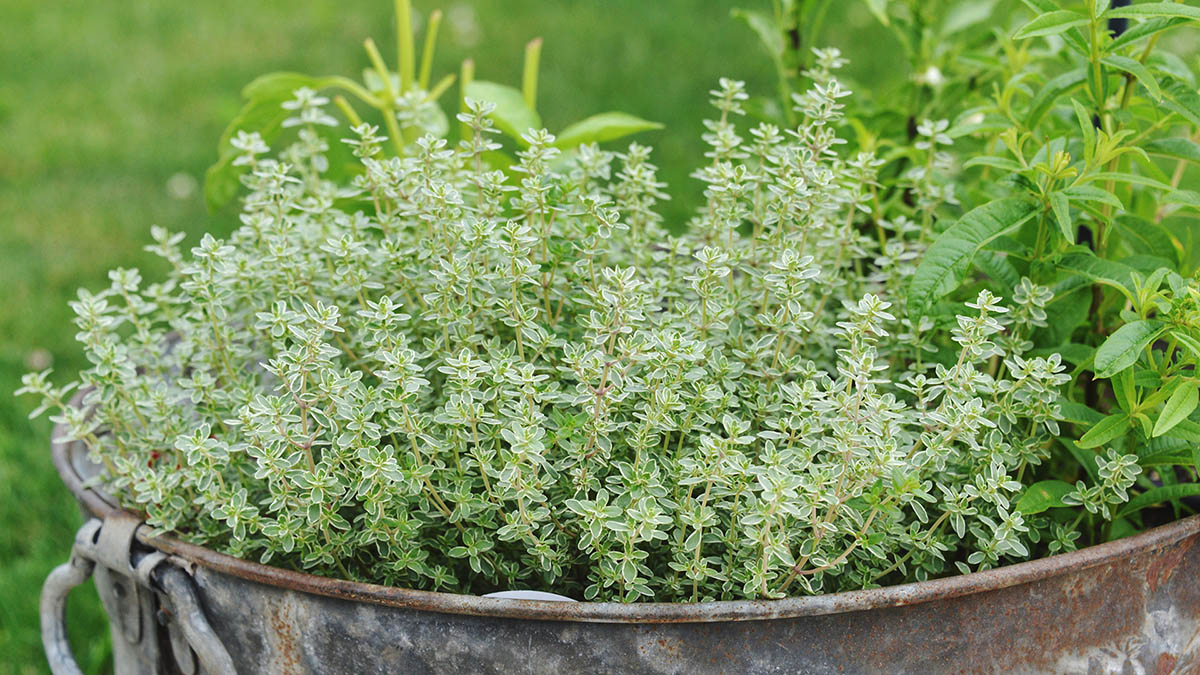
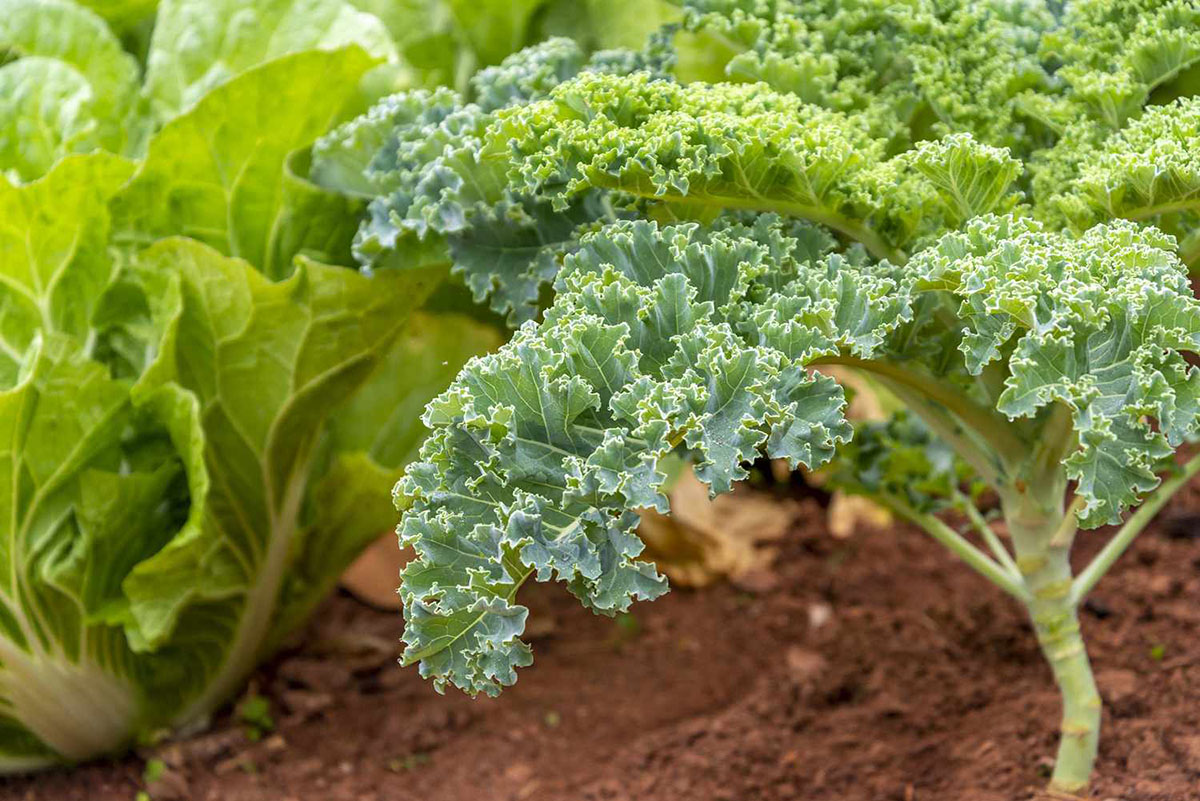

0 thoughts on “How Long Does It Take Kentucky 31 To Germinate”